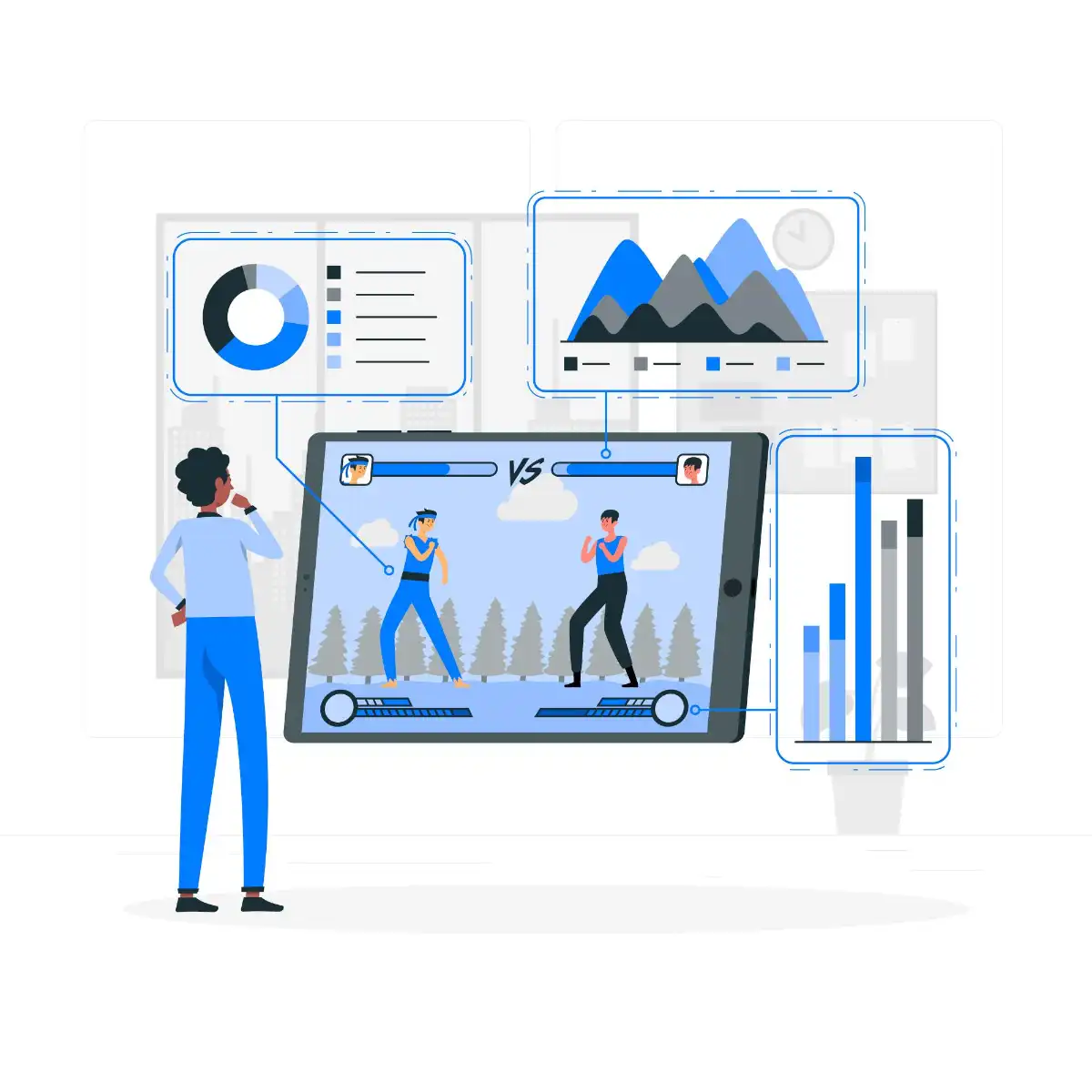Customer Segmentation and Personalisation have emerged as critical strategies for businesses seeking to optimize their marketing efforts and drive customer engagement. But what exactly do the terms Customer Segmentation and Personalisation mean, and why are they so crucial? Customer Segmentation involves dividing a broad customer base into distinct groups based on shared characteristics, such as demographics, purchase history, and behaviour. Meanwhile, Personalisation leverages this segmented data to deliver tailored experiences and targeted messaging to each customer group. Together, they form the backbone of data-driven marketing and customer-centric strategies.
Why is Customer Segmentation and Personalisation Important?
Customer Segmentation and Personalisation are vital for enhancing customer experiences, improving conversion rates, and maximising marketing ROI. By leveraging advanced data analytics, businesses can identify distinct customer segments and deliver highly relevant content and offers to each group. This not only fosters brand loyalty but also increases sales by addressing specific customer needs. Implementing these strategies effectively requires integrating robust data analytics tools and AI-driven systems that can provide actionable insights and predictive analysis.
How Does Customer Segmentation and Personalisation Work?
Effective segmentation and Personalisation rely on advanced data analytics techniques and predictive algorithms. Organizations utilize data analytics to monitor customer behaviour, identify buying patterns, and assess engagement metrics. Predictive models and AI algorithms are implemented to generate customer profiles and forecast future behaviour. Personalisation strategies are then deployed to deliver customized content, recommendations, and offers through multiple channels, ensuring a consistent and engaging customer journey.
Role of Data Analysts in Customer Segmentation and Personalisation
Data analysts play a pivotal role in enhancing segmentation and Personalisation efforts. By analysing extensive datasets, they uncover key insights into customer preferences, purchase patterns, and emerging trends. Data visualisation tools present these insights clearly, allowing marketers to develop targeted campaigns and personalized content strategies. Additionally, predictive analytics models enable businesses to anticipate customer needs and deliver timely, relevant experiences.
When Should Businesses Implement Customer Segmentation and Personalisation?
Organizations should integrate segmentation and Personalisation strategies from the outset of their marketing efforts. Regular monitoring and periodic assessments are crucial to adapting to changing customer behaviour and market dynamics. Implementing robust segmentation systems ensures timely identification of new customer segments and the ability to deliver personalized content that resonates with each group.
Some Examples in Action
E-commerce Personalisation: An online retailer leverages data analytics to segment customers based on past purchase history and browsing behaviour. The system recommends products similar to previous purchases, enhancing the likelihood of repeat sales.
Email Marketing Personalisation: A SaaS company uses predictive models to segment customers by usage patterns and engagement levels. Personalized email campaigns are then delivered to each group, offering tailored content and product recommendations.
Loyalty Program Segmentation: A travel company segments customers based on their travel frequency and spending habits. Personalized offers and rewards are provided to high-value customers, encouraging repeat bookings.
Social Media Personalisation: A fashion brand utilises data analytics to segment customers by social media engagement. Customized ads featuring products that align with past interactions are displayed, increasing click-through rates.
Conclusion
Customer Segmentation and Personalisation are indispensable for creating data-driven marketing strategies that resonate with target audiences. By utilising advanced data analytics, predictive modelling, and AI-driven systems, businesses can deliver tailored experiences, foster customer loyalty, and maximize marketing ROI. In today’s competitive landscape, implementing comprehensive segmentation and Personalisation strategies is not just beneficial—it’s essential for sustainable growth and profitability.




